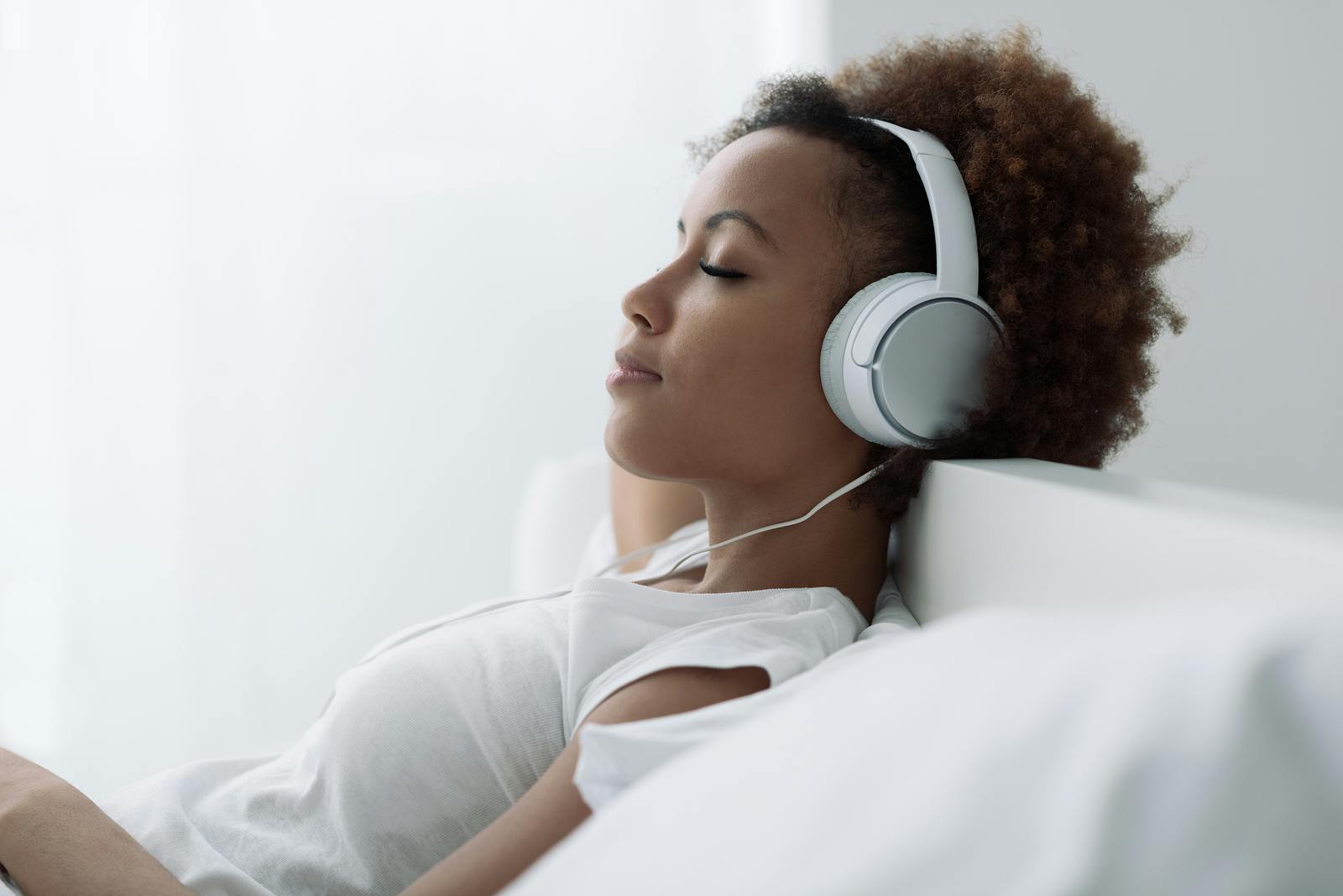Music has long been known to affect people's mood, emotions and pain. Music therapy aims to help patients heal and recover. In your practice, you may be able to use music to ease your patients' anxiety, make the wait a little more comfortable and improve the mood of the office overall.
Music Therapy: Exploring the Connection Between Music and Mood
A wealth of research supports the notion that music affects your emotions, pain perception and general outlook. Music has been used before and during surgery for both patients and physicians.
A study published in the Cochrane Database of Systematic Reviews (CDSR) found that listening to music can ease preoperative anxiety, to the extent that some people can listen to music in place of anxiety medications. Some surgeons even listen to music while operating, and many find that they are able to complete operations faster, Modern Healthcare reported.
Listening to music also helps people with coronary heart disease, affecting systolic blood pressure, quality of sleep and heart rate, according to another CDSR review. In this case, giving people a choice of what to listen to made the most difference.
Using Music in Your Medical Practice
So how can you use this research to your advantage? For one thing, music can make wait times more tolerable for patients. They may be stressed, pressed for time and wishing they were anywhere but a doctor's office. Background music, as opposed to a TV or other people's voices, may help relax patients and put them in a better frame of mind to focus on their health.
When it comes to background noise, Healing Health suggested that most patients prefer music to speech. It can be challenging to choose what kind of music to play given the wide variety of preferences your patients have, so it's best to consider music that blends into the background — think soft jazz, light rock, easy listening and classical music. These forms of music, coupled with nature sounds, may help ease tension before a visit, examination or procedure.
The University of Nevada, Reno reported that, in terms of tempo, the sweet spot for relaxing music is 60 beats per minute (BPM). At this pace, the brain synchronizes with the music and puts people into a meditative state. The type of music and volume still matters, though: It shouldn't be anything too jarring or controversial. Many playlists are available online that contain music with a tempo of 60 BPM.
Boosting Staff and Patient Satisfaction
As you choose music for your practice, keep your staff in mind as well. They're the ones listening to it throughout an entire shift, and the music and mood connection affects them as well. You may want to change up the genre throughout the day or ensure that the playlist is long enough that your staff isn't hearing the same song 15 times in one shift. It may be best to avoid Top 40 hits that play repeatedly on the radio as well.
Incorporating music into the office environment is a simple way to affect the mood of your patients and staff. It may take some trial and error to find what works best for your practice, but any efforts to provide a more relaxing, healing environment could help boost patient satisfaction and loyalty.



